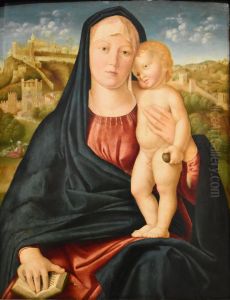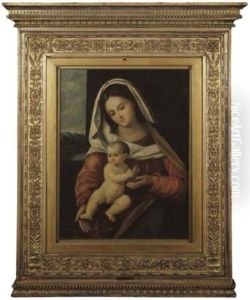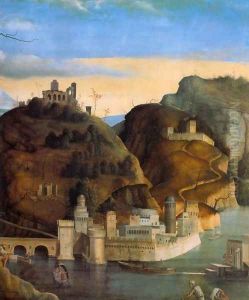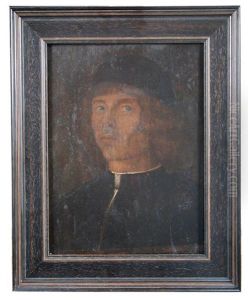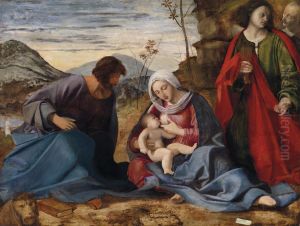Marco Basaiti Paintings
Marco Basaiti was an Italian painter who was active during the High Renaissance period, primarily in Venice. He is often overshadowed by his more famous contemporaries such as Giovanni Bellini and Titian, but Basaiti's work is nonetheless significant for its time, reflecting the transition from the early to the high Renaissance style.
Basaiti was born around 1470, although the exact details of his early life and training are not well documented. It is believed that he may have been of Albanian descent and that he trained under the Venetian master Alvise Vivarini, whose influence can be seen in the clear and precise style of Basaiti's early works.
Throughout his career, Basaiti was known for his religious paintings, which included altarpieces, Madonnas, and narrative scenes from the Bible. His work is characterized by calm and clear compositions, a delicate use of color, and a serene, contemplative quality. One of his most notable works is 'The Calling of the Sons of Zebedee' (c. 1510), which showcases his ability to blend naturalistic detail with a harmonious and serene composition.
Despite the similarities with his teacher Vivarini and his contemporary Giovanni Bellini, Basaiti gradually developed his own distinctive style. His later works display a greater sense of atmosphere and depth, as seen in his 'Agony in the Garden' (c. 1520), which is praised for its emotional expressiveness and sophisticated use of light and shadow.
Basaiti's contributions to Venetian art, though less celebrated than those of the leading figures of the Venetian Renaissance, were still significant. His paintings can be found in various museums and churches, primarily in Venice. He continued to work and receive commissions throughout his life, but after the 1520s, his output appears to have declined.
Little is known about Marco Basaiti's life beyond his artistic production. The exact date of his death is also uncertain, but it is generally believed that he died around 1530. His work left a modest legacy that provides insight into the evolution of Venetian painting during a pivotal period in art history.









